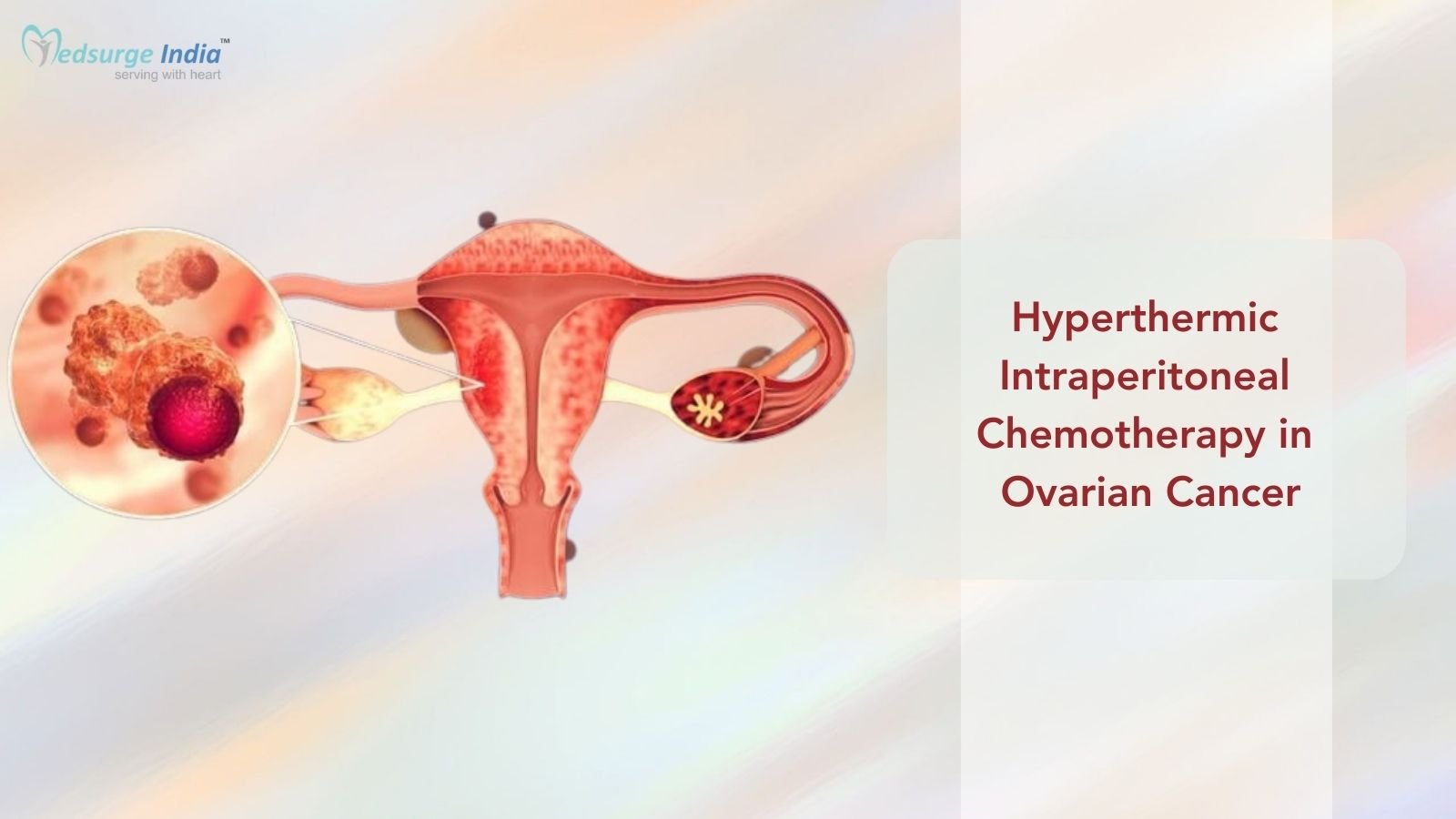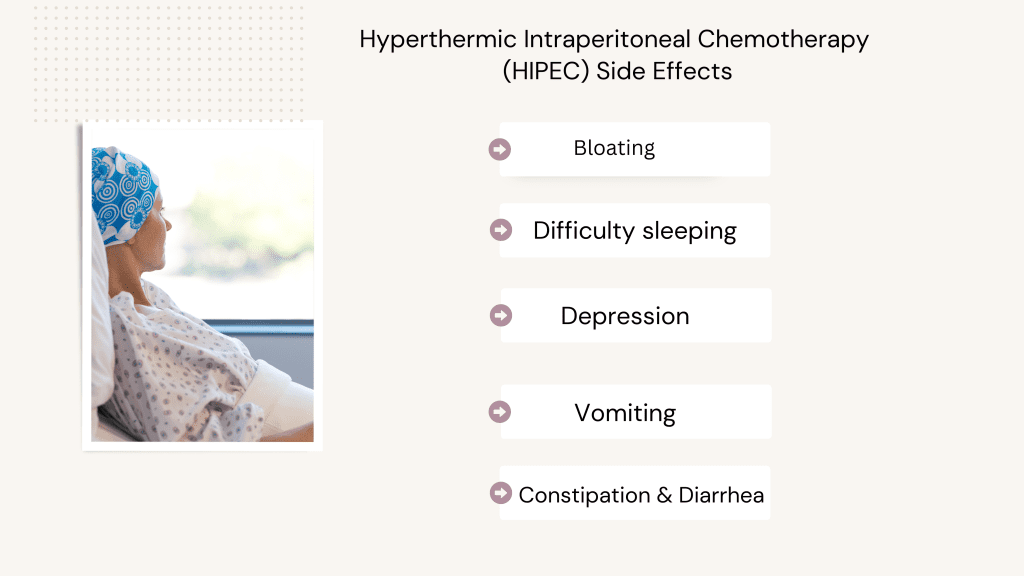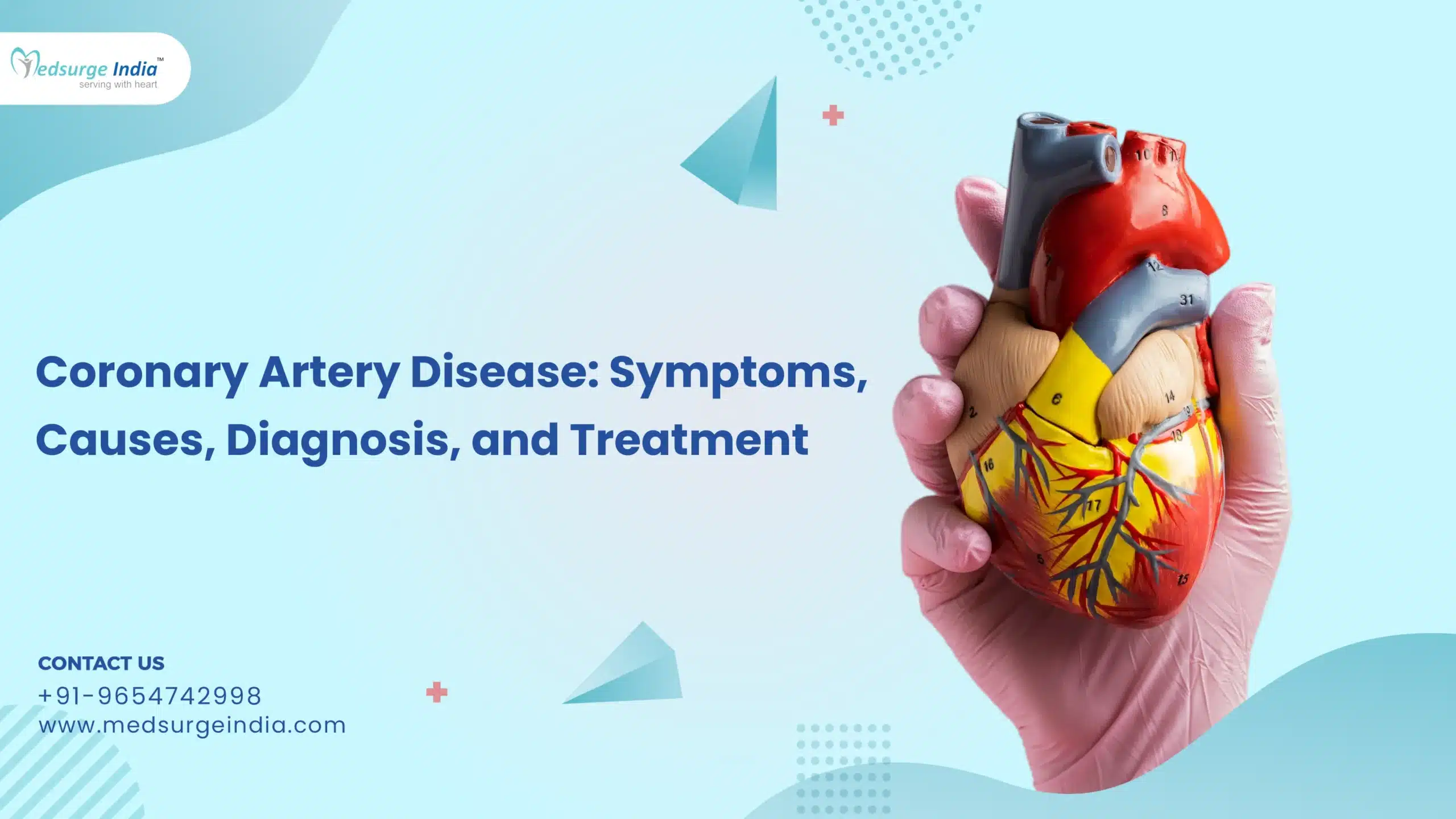
Hyperthermic Intraperitoneal Chemotherapy in Ovarian Cancer
Hyperthermic intraperitoneal chemotherapy (HIPEC) is a treatment option for ovarian cancer that has spread to the peritoneal cavity, which is the space within the abdomen that contains organs such as the stomach, liver, and intestines. HIPEC involves administering chemotherapy directly into the peritoneal cavity at a high temperature, typically between 41-43°C, while the patient is under general anesthesia.
The goal of HIPEC is to maximize the effectiveness of chemotherapy by exposing cancer cells to high concentrations of the drug while minimizing the systemic side effects that can occur with traditional chemotherapy.
What is Hyperthermic Intraperitoneal Chemotherapy
Cancer patients may get a treatment called hyperthermic intraperitoneal chemotherapy (HIPEC). The term “hyperthermic” refers to an unusually high temperature. “Intraperitoneal” denotes a location inside your abdomen. During your cancer surgery, HIPEC includes heating chemotherapy medications and circulating them through your abdominal cavity (region within your belly).
What is HIPEC Surgery
High dosages of chemotherapy are injected into the abdomen during a HIPEC procedure to treat cancer that has spread from the original organ. It might be challenging to use conventional chemotherapy to treat abdominal malignancies that have progressed to the lining of the abdominal cavity (peritoneum). The HIPEC procedure is a more effective treatment option.
HIPEC is typically used in combination with Cytoreductive Surgery, which involves surgically removing as much of the tumor as possible. After the tumor is removed, the heated chemotherapy solution is circulated throughout the peritoneal cavity for up to 2 hours. The incision is then stitched up once the chemotherapy solution has been taken out.
Hyperthermic Intraperitoneal Chemotherapy in Ovarian Cancer: Procedure
HIPEC is a treatment option that may be used for ovarian cancer. During the HIPEC procedure, the surgeon removes as much of the visible tumor as possible through surgery. Then, a heated chemotherapy solution is infused into the abdominal cavity. The solution is circulated throughout the abdominal cavity for a period of time, typically for about 90 minutes, to help kill any remaining cancer cells.
The chemotherapy solution used in HIPEC is heated to a temperature higher than normal body temperature, usually around 41-43 degrees Celsius (106-109 degrees Fahrenheit). The heat helps to enhance the effectiveness of the chemotherapy by increasing the absorption of the chemotherapy drugs by cancer cells and by damaging the cancer cell’s ability to repair themselves.
During the procedure, the patient is put under general anesthesia, and a small incision is made in the abdomen to allow for the insertion of the HIPEC equipment. The heated chemotherapy solution is circulated through the abdominal cavity using a perfusion machine, which pumps the solution in and out of the abdomen. The perfusion machine also monitors the temperature and pressure of the solution to ensure that it is being delivered effectively. After the treatment is complete, the solution is drained from the abdomen and the incision is closed.
HIPEC is a complicated technique that necessitates the use of a highly competent surgical team. It is typically only performed at specialized medical centers by surgical oncologists who have experience in performing the procedure. The procedure may be recommended for patients with advanced ovarian cancer who have not responded to other treatments, or for those who are at high risk of recurrence. Additionally, if you’re looking for treatment for ovarian cancer, the treatment package for Ovarian Cancer in India is much more affordable compared to well-known nations.
Advantages of HIPEC in Ovarian Cancer
In comparison to conventional chemotherapy, HIPEC has several benefits. HIPEC advantages include:
- reduced harmful side effects due to the chemotherapeutic medicines’ 90% abdominal retention.
- a higher chemotherapy dosage that can kill more cancer cells.
- a single therapy session as opposed to numerous treatments spread out across several weeks.
Helpful:- Why Should You Choose India For Cancer Treatment
Hyperthermic Intraperitoneal Chemotherapy (HIPEC) Side Effects
The fact that HIPEC has fewer side effects than conventional chemotherapy is one of its key advantages. HIPEC is less likely to harm healthy organs and tissues since it is delivered directly to the cancer site (as opposed to circulating throughout the circulation). Despite this, HIPEC can still have certain negative consequences, such as:
- Bloating
- Weight loss
- Difficulty sleeping
- Fatigue
- Depression
- Pain
- Nausea
- Vomiting
- Diarrhea
- Constipation
Best Oncologist in India
Best Cancer Treatment Hospital in India
- Fortis Hospital Gurgaon
- Fortis Hospital Noida
- Manipal Hospital Dwarka, Delhi
- HCG Cancer Centre, Bangalore
- Amrita Hospital, Faridabad
- Indraprastha Apollo Hospital New Delhi
Bottom Line
Studies have shown that HIPEC can improve survival rates and quality of life in patients with advanced ovarian cancer that has spread to the peritoneal cavity. However, HIPEC is a complex procedure that requires specialized equipment and a team of experienced healthcare professionals. Patients who are considering HIPEC should talk to their doctor to determine whether it is an appropriate treatment option for them.













